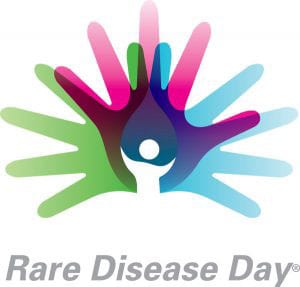A recently published study in The Lancet reports that over 54,600 children living in Gaza are severely malnourished. In addition, as of August 2025, there are few therapeutic options available to over 12,800 children who are in the most critical condition.
The article as reported by MedicalXpress.com, credits the UNRWA as the lead on behalf of the Near East Palestine refugees tracking the unprecedented increases in malnutrition during the war due to blockades and aid restrictions. The children were screened across five governorates in the Gaza strip between January of 2024 ending in August 2025.
One of the primary challenges in collecting data is the danger of unsafe locations. Estimates of acute malnutrition were based on the number of children in the area (n-346,000).
Acute malnutrition is described as “too thin for the child’s height” as well as lacking energy and other nutrients.
Between January 2024 and mid-August 2025, UNRWA staff screened 219,783 children 6 to 59 months old who were measured at the circumference of their mid to upper arm. In accordance with the evidence provided by aid agencies, on August 15, 2025, the Governate of Gaza City together with the entire Gaza Strip was confirmed as facing famine. The study provides evidence of how child malnutrition evolved during the war.
Severe malnutrition is life-threatening and requires treatment or hospitalization.
Prewar Aid v. Postwar Aid
UN sources reported 42 to 92 aid trucks crossing into Gaza as opposed to 300 to 600 each day prior to the war. Severe aid restrictions continued on food, fuel, water, medicines and other necessities. These restrictions were carried forward until May of 2025.
Measurements taken through August 2025 indicate that approximately 54,600 children were in need of receiving urgent medical and nutrition care. These children have little hope of rehabilitation judging by the insufficient amount of food and medical supplies crossing the borders.
Also, one of the primary challenges in collecting data has been the danger of unsafe locations.








